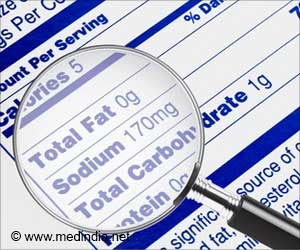Eating broccoli is a very good idea for people suffering from a devastating genetic skin disorder, say researchers at the Johns Hopkins University School of Medicine in Baltimore
Eating broccoli is a very good idea for people suffering from a devastating genetic skin disorder, say researchers at the Johns Hopkins University School of Medicine in Baltimore, who found that a natural compound present in the green vegetable could help treat the disorder.
The disorder in question is called epidermolysis bullosa simplex (EBS), which results from mutations in the genes encoding keratin 5 or keratin 14. The mildest form of EBS leads to blistering of the hands and feet since these are most susceptible to frequent abrasion.Researchers led by Pierre Coulombe found that the compound sulforaphane whose natural precursors are found at high levels in broccoli and other cruciferous vegetables can help treat this disorder.
Sulforaphane has already been hailed for its chemopreventive powers against cancer.
Coulombe and colleagues turned to sulforaphane in their search for a chemical activator that would induce the production of missing keratins in basal epidermis.
There are 54 “conserved” keratin proteins in mammals -- meaning that evolution favoured their survival. Many of these keratins are closely related in their genetic sequences and their properties and by their distribution within epithelial tissues.
The researchers reasoned that such a situation breeds “functional redundancy,” meaning that the genetic loss of one keratin could be partially rescued by the overlapping functions of a keratin cousin.
Advertisement
In EBS patients, skin blisters heal without scarring, correlating with an induction in the expression of the protein K6, to which K5 is related, and of K17 and K16, to which K14 is related. In transgenic mouse models, these keratins are indeed partially redundant in their ability to provide structural support in skin keratinocytes.
The study was reported at the American Society for Cell Biology 47th Annual Meeting.
Source-ANI
KAR/P











